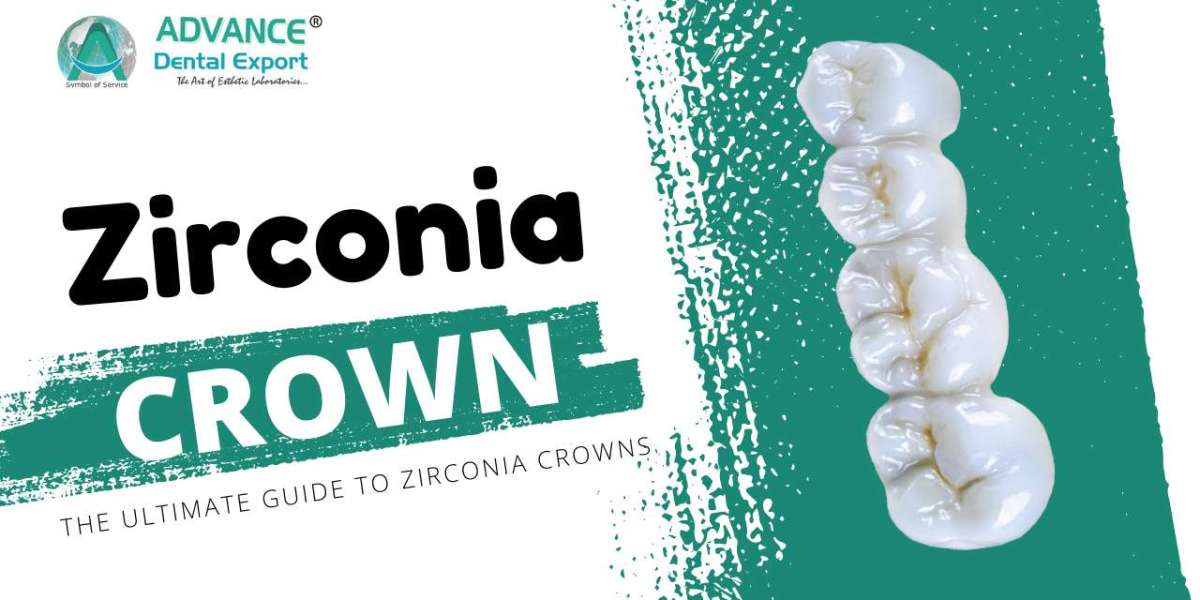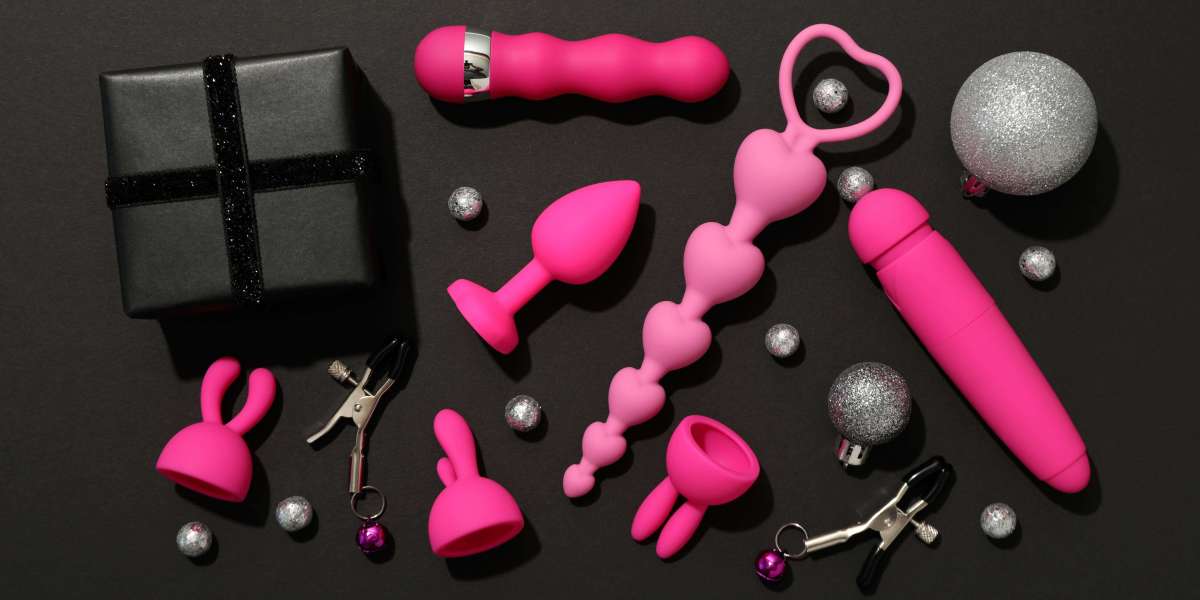Are you grappling with patients returning due to chipped or discolored crowns? The quest for a durable, aesthetically pleasing, and biocompatible crown material is ongoing. Zirconium dental crowns have emerged as a reliable solution, offering strength and natural appearance. This guide equips you with detailed insights to make confident choices for restorative success.
What are Zirconium Dental Crowns?
Zirconium dental crowns are made from zirconia, a high-strength ceramic material derived from zirconium oxide. Known for durability and excellent tissue compatibility, these crowns are gaining popularity in modern dental practices.
Types of Zirconia Crowns:
- Monolithic Zirconia: Solid construction with maximum strength—ideal for molars and patients with bruxism.
- Layered Zirconia: Features a porcelain overlay for enhanced front-tooth aesthetics.
- High-Translucent Zirconia: Designed to mimic natural enamel, ideal for smile zone restorations.
Choose the crown type based on the location in the arch and the patient’s aesthetic demands.
Advantages of Zirconium Crowns
Zirconium crowns aren’t just popular for their appearance—they deliver practical benefits that improve both clinical outcomes and patient satisfaction. Let’s explore each advantage in detail so you can assess where zirconia fits into your restorative protocols.
1. Outstanding Strength and Fracture Resistance
Zirconia’s compressive strength exceeds 1,000 MPa, making it one of the strongest materials used in dentistry today.
It holds up exceptionally well in posterior regions where masticatory forces are highest.
- Unlike porcelain-fused-to-metal (PFM) crowns that may chip or delaminate, monolithic zirconia is virtually chip-proof.
- It's a top choice for patients with bruxism or parafunctional habits, minimizing the risk of restoration failure.
2. Superior Biocompatibility
Zirconia is metal-free and inert, meaning it doesn't release ions or interact with oral fluids.
This makes it ideal for patients with metal sensitivities or autoimmune concerns.
- It promotes a minimal inflammatory response in soft tissues.
- Gingival tissues around zirconia often appear pink, healthy, and less prone to recession.
3. Excellent Aesthetics (Especially with Translucent Zirconia)
With advancements in high-translucency zirconia, aesthetics are no longer compromised for strength.
- It reflects light like natural enamel, eliminating the grayish hue often seen with metal cores.
- Shades can be customized to match the patient’s natural dentition with layered or stained techniques.
While not as translucent as glass ceramics like E.max, modern zirconia crowns strike a great balance between strength and beauty.
4. Minimal Tooth Reduction Required
Zirconia crowns can achieve optimal strength even at reduced thicknesses (as little as 0.5–1.0 mm), allowing more conservative preparations.
- This means more natural tooth structure is preserved, important for long-term pulp vitality.
- It's especially helpful for young patients or those with small teeth.
This minimal prep approach also reduces post-op sensitivity, which is a common concern in full-coverage restorations.
5. Long-Term Stability and Longevity
When properly placed, zirconia crowns can last 10–15 years or longer. Their resistance to corrosion and wear contributes to long-term performance.
- Zirconia doesn’t degrade in the oral environment, unlike some metal or resin-based materials.
- It maintains its fit, shade, and strength over the years with minimal maintenance.
Patients benefit from reduced need for replacements, which builds long-term trust and satisfaction.
6. Improved Marginal Fit with Digital Workflows
Zirconia integrates perfectly with digital dentistry. When designed and milled using CAD/CAM systems, it ensures a precise fit and margins.
- Digital scans reduce the risk of distortion often seen in traditional impressions.
- This results in fewer remakes, adjustments, and chairside corrections.
Procedure for Placing a Zirconium Crown
Placing a zirconium crown isn’t just about strength—it’s about precision, planning, and technique. A small error in prep or impression can compromise the final fit or aesthetics. Here’s a step-by-step clinical workflow that ensures consistent, successful outcomes with zirconia crowns.
1. Comprehensive Case Evaluation
Before beginning the crown prep, assess whether zirconia is the ideal material based on the patient’s clinical and aesthetic needs.
- Evaluate occlusion, bruxism risk, and available interocclusal space.
- Assess visibility in the arch—monolithic zirconia may be sufficient for posterior zones, while layered options suit the anterior esthetic zone.
2. Tooth Preparation
Conservative yet strategic preparation is key when working with zirconia.
- Occlusal/Incisal Reduction: ~1.0 to 1.5 mm for monolithic zirconia; 1.5 to 2.0 mm for layered types.
- Axial Reduction: 1.0 to 1.2 mm for optimal strength and retention.
- Margins: A smooth, continuous shoulder or deep chamfer margin is preferred to support the crown edges and prevent chipping.
3. Impression Technique (Digital or Traditional)
Accurate impressions are non-negotiable, especially with zirconia’s low tolerance for marginal discrepancies.
- Digital Impressions: Intraoral scanners are ideal for zirconia due to their precision and compatibility with CAD/CAM workflows. They also enhance patient comfort.
- Conventional Impressions: If using PVS or polyether, ensure perfect isolation and retraction—zirconia crowns require crisp margin detail.
4. Temporary Crown Placement
Although zirconia can be fabricated quickly, a temporary crown is recommended to protect the tooth and maintain its position.
- Use a bis-acrylic or PMMA material for temporaries.
- Ensure the provisional restoration has proper occlusion and no gingival impingement.
5. Crown Fabrication
Zirconium crowns are typically designed and milled using CAD/CAM systems.
- Lab Workflow: The design is digitally processed and milled from a pre-sintered zirconia block. The crown is then sintered in a high-temperature furnace to achieve final strength.
- Chairside Workflow: With in-office milling systems, same-day zirconia crowns are now feasible.
Ensure shade matching is done pre-sintering or via custom staining post-sintering.
6. Try-In and Adjustment
Before final cementation:
- Check marginal integrity, contact points, and occlusion.
- Use articulating paper to fine-tune occlusal contacts.
- If necessary, adjust the zirconia with a fine diamond bur under water cooling.
Remember: Adjusting sintered zirconia should be minimal and done with care to avoid microfractures.
7. Final Cementation
Zirconia crowns require specific cementation protocols for longevity and retention.
- Surface Treatment: Sandblast the internal surface of the crown with 50μm alumina to improve micromechanical retention.
- Cement Selection: Use a resin-modified glass ionomer (RMGI) or self-adhesive resin cement. Avoid total-etch adhesives unless using specific bonding zirconia protocols.
- Isolation: Ensure a dry field during placement—moisture affects bonding strength.
Seat the crown, remove excess cement, and check occlusion once more.
Pro Tip: CAD/CAM systems in dentistry streamline the workflow and reduce turnaround time significantly.
Cost of Zirconium Crowns
Zirconia crowns tend to be in the premium range, but the long-term value they provide often justifies the price.
Average Cost Range: $1,000 to $2,500 per unit
Comparison with Other Crown Types:
Crown Type | Average Cost (USD) | Durability | Aesthetics |
Porcelain-Fused-to-Metal | $500 - $1,500 | Moderate | Moderate |
All-Ceramic | $800 - $3,000 | Moderate | High |
Gold | $600 - $2,500 | High | Low |
Resin | $400 - $800 | Low | Moderate |
Zirconium Crowns vs. Other Crown Materials
Porcelain-Fused-to-Metal (PFM):
- Pros: Reliable, cost-effective
- Cons: Visible metal edges, porcelain chipping
All-Ceramic:
- Pros: Great aesthetics, metal-free
- Cons: Less durable under load
Gold:
- Pros: Unmatched longevity and biocompatibility
- Cons: Poor cosmetic appeal
Resin:
- Pros: Budget-friendly, fast production
- Cons: Low resistance to wear
Care and Maintenance of Zirconium Crowns
- Oral Hygiene Practices
Daily brushing with a non-abrasive toothpaste helps maintain the crown and surrounding tissues. - Flossing
Encourage flossing to prevent interproximal plaque build-up and crown margin issues. - Regular Dental Check-Ups
Monitor for any micro-movements, gingival inflammation, or crown wear. - Dietary Recommendations
Advise patients to avoid biting down on ice or hard objects.
Conclusion
Zirconium crowns offer a compelling balance of strength, aesthetics, and longevity. With the right application and communication, they can elevate patient satisfaction and clinical outcomes.
Are you ready to confidently incorporate zirconia crowns into your treatment protocols and provide your patients with restorations they can rely on for years?



